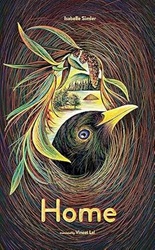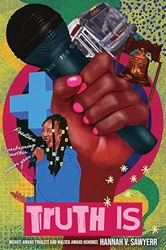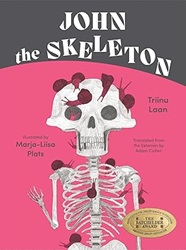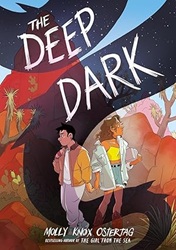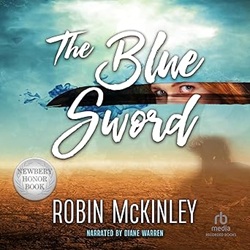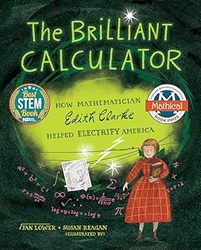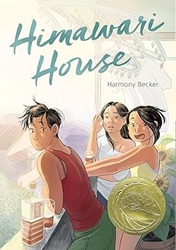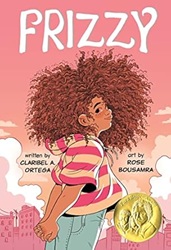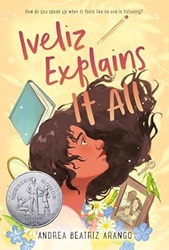Review of Home, by Isabelle Simler
by Isabelle Simler
translated by Vineet Lal
Eerdmans Books for Young Readers, 2024. Originally published in France in 2022. 68 pages.
Review written February 5, 2025, from a library book.
Starred Review
2025 Mildred Batchelder Award Honor Book
The Batchelder Award is given to the publishers of the best books published in English, originally published in a country other than the United States and in a language other than English. I’m impressed that a book of poetry won, because I would think that poetry is hard to translate. No, it’s not rhymed poetry, but still, the translator did a beautiful job, and the original illustrations in this book are stunning.
This is a book of poetry – about animal homes. Each spread features a different species and the type of home they live in, narrated by the creature, and telling how they construct their distinctive home.
Some interesting homes featured include the straw apartment complex of the sociable weaver (generations of birds live in these giant nests!), bubble house of the diving bell spider, cactus cabin of the elf owl, foam hiding place of the foam-nest tree frog, and tubular condo of the European fan worm. Many more are featured, and all have beautiful illustrations of their home – with more facts in the back.
A lovely book to browse through and wonder over. We truly have an amazingly varied world.
Find this review on Sonderbooks at: www.sonderbooks.com/Childrens_Nonfiction/home.html
Disclosure: I am an Amazon Affiliate, and will earn a small percentage if you order a book on Amazon after clicking through from my site.
Disclaimer: I am a professional librarian, but the views expressed are solely my own, and in no way represent the official views of my employer or of any committee or group of which I am part.
Subscribe for more reviews and talk about books.
Join the conversation: What did you think of this book?
